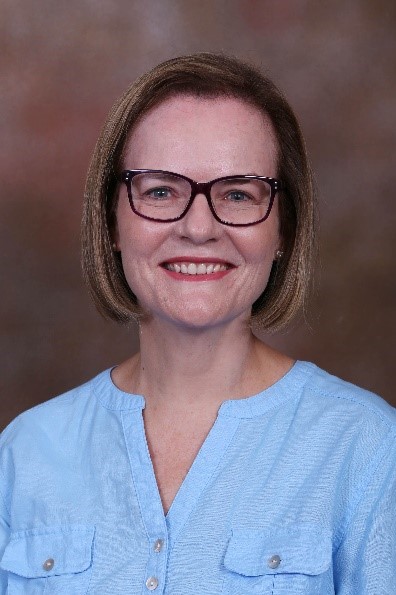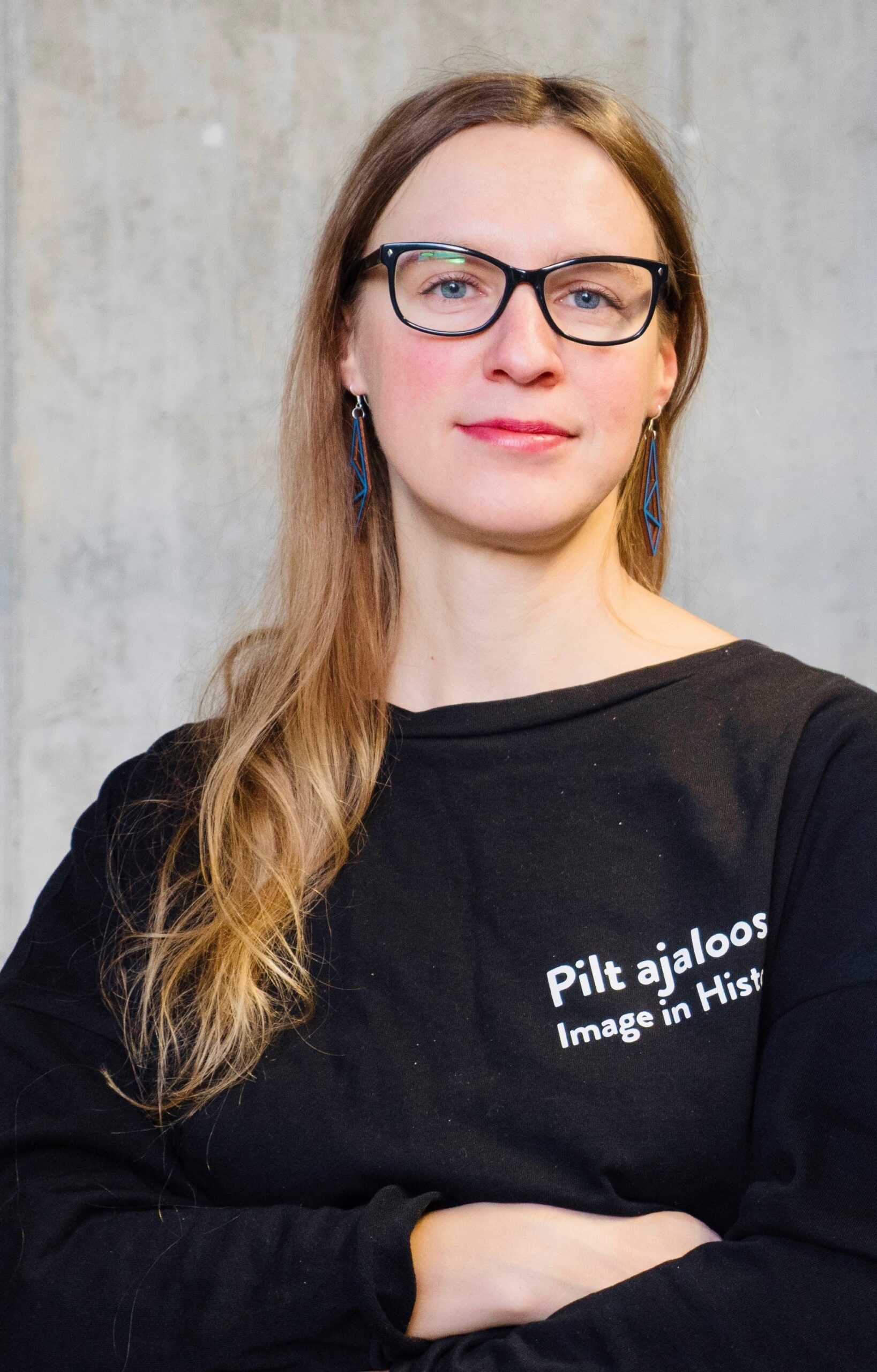Museums as Spaces of Cultural Translation and Transfer
Speakers
Keynote Speakers:

|
Robert Neather (Hong Kong Baptist University)
|
|||
|
Read the abstract of Robert Neather’s presentation here:
In the expanding literature on museum translation, the visitor experience remains an under-researched area. While an increasing body of work by Translation Studies scholars has explored such issues as multimodal interactions in the exhibition space, curatorial perspectives on translation quality, or the effect of shifts in the target text, there has to date been relatively little empirical evidence of the role of translation in the visitor experience – whether translation is understood in the sense of interlingual transfer or of broader cultural representation. Equally, in the Museum Studies context, while much has been done to explore the visitor experience, such work frequently comes from monolingual or monocultural perspectives.
Museums of diaspora form a particularly interesting focus for such enquiry since they raise a number of questions relating to the translation of identity in the exhibition space, and how visitors both from different linguacultural backgrounds and from different sectors of the home culture variously respond to the experiences of the diaspora in question. The present study focuses on museums of the Chinese diaspora in the US. Employing a mixed methods approach that includes detailed visit diaries and follow-up interviews, as well as online reviews, the study examines how the collective lived experience of the diaspora as “translated” in the museum exhibition is in turn translated in terms of the visitor’s personal experience through a series of intertexts that are “cognitively-realized” (Neather 2012). The study further considers how interlingual translation plays a part in shaping these visitor interactions. |
||||

|
Silke Arnold-De Simine (Birkbeck, University of London)
|
|||
|
Read the abstract of Silke Arnold-De Simine’s presentation here:
Museums have moved on from talking at audiences in unidirectional narratives to providing immersive and interactive experiences in which visitors are encouraged to perceive themselves as participants. Their involvement is not only reflected in the audience’s contribution to the narrative that is being told but also in the moral imperative to see themselves as implicated subjects in the matter at hand.
This talk aims to explore the role of new technology, such as VR/MR, in this context, focusing on the remediation of testimonies from video to interactive 3-D format, aimed at international audiences. The Shoa Foundation’s (New) Dimensions of Testimony have been exhibited in both English- and non-English speaking countries around the world, similar projects have been conducted in the US, UK and Germany and the plan is to extend the project to survivors of other genocides and atrocities, with one survivor of the Nanjing Massacre in China having already been recorded.
This keynote will explore how the format of the testimony as it has been developed through film and video translates from analogue to digital, from in-person to virtual, but also from one cultural context to another as virtual testimonies become a common feature in museums around the world.
|
||||
Plenary Speakers:

|
Ilse Feinauer (Stellenbosch University)
|
|||
|
Read the abstract of Ilse Feinauer’s presentation here:
The words District Six are synonymous with some of the most horrible signs of the apartheid system for the vast majority of people in South Africa. District Six was established in 1867, as one of six districts in Cape Town. District Six was a vibrant centre with close links to the city and the port. People of all colours, races, religions – residents, immigrants, artisans and merchants – owned and rented houses. They lived in harmony and were close to their places of work, school, worship and entertainment. The equalizer between them was poverty.
In 1901 all the black people were forced to move out, and as the decades passed by it became a predominantly coloured community until 1966 when the apartheid government declared it a white area under the Group Areas Act. By 1982 District Six was a barren strip of land, and so it stayed for many years. In 1994, two years after apartheid was abolished, the museum was established in the former residential area of an old church.
The speech will discuss whether the curatorial processes applied in this museum, indeed translate into people’s memory of the sad part of their history. Does the selection and display of personal memoirs and mementos tell of both a happier time before the bulldozers moved in and how the brutality of the apartheid state destroyed the community? It will also discuss whether interlinguistic and intralinguistic translation were utilised at all, to portray the multi-lingual and multi-cultural aspects of the former residents of this neighbourhood who are represented in the District Six Museum.
|
||||

|
Linda Kaljundi (Estonian Academy of Arts)
|
|||
|
Read the abstract of Linda Kaljundi’s presentation here:
Based mainly on Estonian examples, Linda Kaljundi’s talk will focus on what might be called a global turn towards more entangled, transnational and transcultural histories – and ask how this has affected the representation of Baltic history and cultural heritage in museums. During the past decades, in Estonia, a number of mostly literary and cultural historians have argued for the need to approach Baltic history from a more transnational perspective, mapping and highlighting entanglements between different local communities, as well as the importance of transcultural transfers in the history and cultural heritage of the Baltic borderlands.
These new approaches, studies and debates have also increased museums’ interest towards transcultural and transcultural transfers, but also raised new questions concerning the role of museums in (re)mediating cultural memory. How to represent, narrate and frame critically cultural transfers, translations, and dialogue via different museum collections, exhibitions, and programmes? How to trace them in different archives, and how to rethink the canon?
Relying on her own experience of curating the new permanent exhibition, „Landscapes of Identity: Estonian art 1700–1945“ (2021) together with Kadi Polli at Kumu Art Museum (Tallinn), Linda Kaljundi will discuss the opportunities and challenges of adapting the entangled and transcultural perspective for museological and curatorial practices. While doing this, she will discuss not only the challenges of representing transfer and translation in museums, but also the transfer of ideas from history and cultural history to museum display, addressing the issues related to what we might call the translation of method and theory from humanities to museums. She will also briefly reflect on our experience in making the exhibition to speak to different communities, as well as the importance and specifics of translation as such in museums.
|
||||


